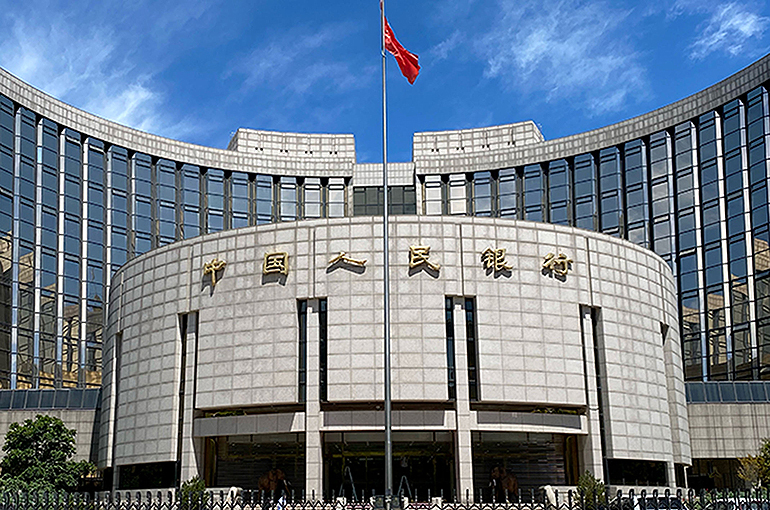 China’s Central Bank Turns a Little More Optimistic as Focus Shifts to Policy Execution
China’s Central Bank Turns a Little More Optimistic as Focus Shifts to Policy Execution(Yicai) Sept. 29 -- The People’s Bank of China adopted a slightly more optimistic tone at its third-quarter monetary policy meeting, suggesting that economic risks are easing and that the central bank may now focus on enhancing the effectiveness of existing policy tools.
Compared with the previous quarter, the PBOC made subtle but notable adjustments to its policy language, according to a statement posted on its website on Sept. 26.
China’s monetary policy remains aligned with guidance from the July meeting of the Political Bureau of the Communist Party of China’s Central Committee, which called for the continued implementation of a “moderately loose” monetary policy in a more detailed and thorough manner.
The updated phrasing indicates a more positive outlook. While earlier meetings described the economy as “showing a positive trend,” the latest statement upgraded this to making "steady progress,” with “new achievements in high-quality development.”
Notably, the central bank removed previous references to “many risks and hidden dangers,” though it continued to cite “insufficient domestic demand” and “low price levels” as concerns.
Ming Ming, chief economist at Citic Securities, said the shift suggests recent policy measures are beginning to take effect, relieving some economic pressure and bolstering policymakers’ confidence in the country’s fundamentals.
The PBOC refined its policy stance from simply implementing a moderately loose policy to doing so in a “detailed and thorough manner.” It also stressed “ensuring the implementation of various monetary policy measures and fully releasing the policy effect,” underscoring the importance of execution.
This shows that the bank’s central focus is now on refining and delivering already announced policies, said Zhang Di, chief macro analyst at China Galaxy Securities.
Ming added that this likely signals a greater emphasis on the use of existing tools rather than the introduction of new ones.
The quarterly meeting also expanded the scope of structural monetary policy tools. While continuing to support technological innovation and consumption, it added new focus areas such as small and micro enterprises and foreign trade stabilization.
Zhang noted that higher US tariffs on Chinese goods could weigh on exports next quarter, making it crucial to strengthen financing support for smaller businesses and keep trade steady.
Given these developments and the current economic landscape, experts believe space remains for more proactive monetary easing. They also highlighted the growing importance of policy coordination.
In tandem with fiscal measures, China may deploy CNY500 billion (USD70.23 billion) in policy-based financial tools and around CNY1 trillion (USD140.45 billion) in debt-resolution mechanisms in the fourth quarter, Zhang estimated. The primary goals remain supporting economic growth and achieving full employment, with the potential for monetary easing to exceed expectations.
Still, despite softening third-quarter data and a new policy-watching period, analysts remain divided on whether the central bank will cut the reserve requirement ratio or interest rates in the coming months.
Editor: Emmi Laine